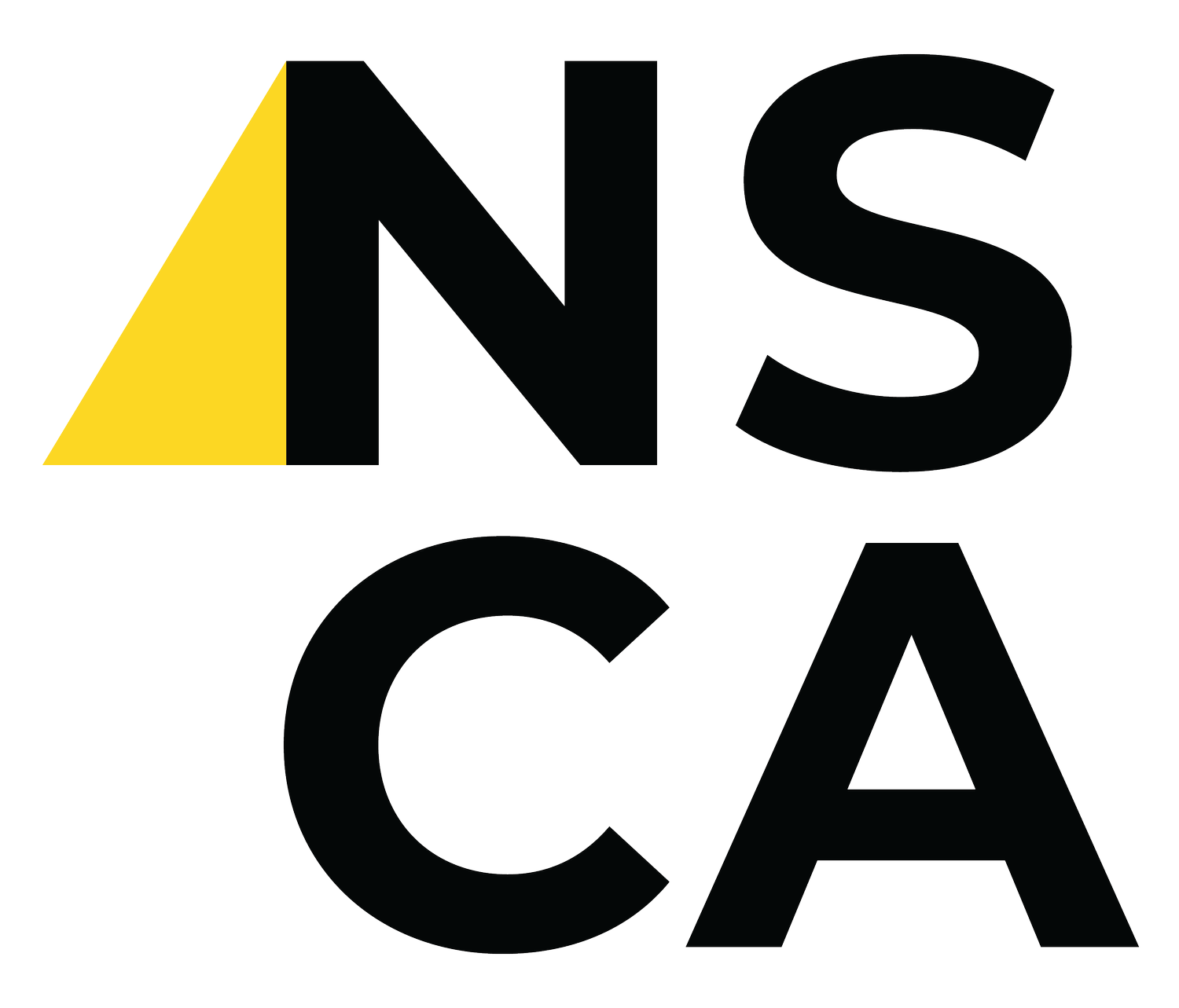
Chaplains support the entire campus - students, teachers, and staff alike.
The impact of chaplains
Hiring a chaplain
at your school directly impacts the lives of students, staff, educators, and communities through increased school safety, better teacher retention, and enhanced mental health support.
Less money spent on employee training
Higher employee productivity
Increased job satisfaction
Lower turnover rate
Lower absenteeism
The Benefits of School Chaplains
School Safety
National School Chaplain Association chaplains are trained to recognize school safety issues. Our chaplains create safer learning environments.
Teacher Retention
Teacher resignations are at an all-time high. The “ministry of presence” provides teachers and staff with a place to turn when life gets hard.
Mental Health
School chaplains are not therapists; they are however able to offer a nonjudgmental outlet for individuals to unload stress and anxiety.
Your Trusted Partner
Confidential support for all teachers, staff, and students
A national standard for school chaplaincy qualifications
Branded uniform for professional environments
Seamless integration of chaplains into schools
Relationship-driven certified professionals
Continued education training and support
A national school chaplain registry
We Provide
Get the National School Chaplain Registry
District or Campus Administrators: Complete the form by clicking the button below, and you will receive a customized chaplain list directly to your inbox!

Our 5-Point Process
Successful School Chaplaincy Worldwide
1. Introduction
When you hire a NSCA Chaplain an onsite orientation will be organized to introduce your School Chaplain to your team to learn about the benefits available to them. This is the first step towards building a relationship centered on trust and authenticity.
2. Awareness
Your school chaplain will hold onsite visits to discuss anything individuals choose to share. These are voluntary and permission-based meetings that are entirely confidential. These meetings strengthen the bond between your team and your chaplain.
3. Engagement
Your team will have access to one-on-one care sessions onsite and offsite. These sessions are intended to foster relationships and demonstrate care for your team members. This creates a school culture of care.
4. 24/7 Chaplain Access
Your school will be provided a phone number and secure app access, which contains comprehensive resources for your benefit. You have access to your NSCA chaplain at all times due to our 24/7 policy.
5. Offsite Supervision
Three veteran chaplains form a governing body called the Senior Chaplain Board. The Senior Chaplain Board administrates school chaplains in coordination with education and when necessary, act as an arbitrator. Local school districts will employ school chaplains. NSCA will facilitate relations between chaplains and education although NSCA is not an employer or employment agency.
-
Before an NSCA chaplain starts to work with a school, that chaplain will hold an orientation meeting to explain the benefits of chaplaincy, including chaplain confidentiality. This meeting is similar in tone and function to other benefits or orientation-type meetings, with a time for questions. At the end of the orientation, employees receive a business card with the chaplain’s telephone number and email address. The card will have NSCA contact information should anyone prefer to report chaplain conduct directly.
-
At the orientation, employees learn that they - not the chaplain - make all decisions about interaction. In practice, virtually all employees eventually enjoy a good relationship with the chaplain simply because the chaplain is there for no other reason than to care.
-
Every week the chaplain will try to make brief personal contact with each team member. The chaplain will foster relationships with the employees by providing care and encouragement. The employee can call his or her chaplain any time to help with personal crisis management.
-
Chaplains are available 24 hours a day, seven days a week to care for teachers and district employees. In addition, chaplains will assist your employees in hospital care, family and marriage care, substance abuse, stress management, and interpersonal conflicts. Chaplains are certified to enter all facilities, emergency rooms, and accident scenes. Your chaplains can also perform death notices, funeral services, and other traditional roles of clergy.
-
While many chaplains hold degrees and licenses in counseling, your chaplain will not provide counseling services. We provide care for those who need professional counseling by helping to connect them with a suitable counselor, either from the school’s insurance network or from our referral network.
-
In addition to regular rounds with employees, the chaplain is available to respond to crisis needs 24 hours a day, seven days a week.
-
No. All hires are at the discretion of the district. The U.S. Senate has one chaplain. His name is Barry Black. He is a retired Navy Rear Admiral and a sincere Jesus-following Christian. Why would a local public school be required to hire a second or third chaplain if a single Christian chaplain may serve the U.S. Senate?
-
Your leaders will find the chaplain to be an effective management resource. Dealing with employee’s personal life issues can consume a skilled manager’s time, who may not feel adequately trained to provide advice. The chaplain is a valuable, well-trained resource that your managers can call in to help employees deal with delicate personal situations.
FAQ
-
Because a thorough understanding of a school environment is essential, all NSCA chaplains are required to have youth experience. NSCA also provides a custom training and certification program for all chaplains in addition to three safety certifications that include, Active Shooter, Threat Assessment, and Stop the Bleed.
-
No. We respect the faith boundaries of individuals and adhere to the standards and expectations for a confidential, voluntary, permission-based, and secular workplace ministry. Chaplains are required to have a reference letter from the church where they regularly attend. When directly asked about their theological underpinnings, we’ve trained our chaplains to respond from a Biblical Christian worldview.
-
Yes. NSCA’s chaplains are skilled workplace caregivers trained in providing care in a multicultural environment. They currently care for some 20 million people and their loved ones, representing many different religious backgrounds.
-
Schools have lots of options when hiring a chaplain either full-time or part-time. In most states federal and state funding designated for mental health are available along with school safety and security.
-
There are several benefits to contracting chaplain care:
Contracting might be more cost-effective than hiring a full-time staff person.
Contracting allows for great flexibility in hiring and discharging chaplains.
Contracting might be a way to test acceptance before committing to a hire.
-
No school is too small to enjoy the services of a chaplain. In some cases, districts share a single chaplain.
-
Every week the chaplain will try to make brief personal contact with each team member. The chaplain will foster relationships with the employees by providing care and encouragement. The employee can call his or her chaplain at any time to help with personal crisis management.
-
Employees can approach their chaplain with anything they need to talk about in confidentiality unless self-harm or harm of others is discussed. In such cases an appropriate referral is advised and proper authorities are contacted. Chaplains can provide insight into engagement and marriage issues, grief care, parenting, stress management, and much more.
Chaplaincy in public schools



